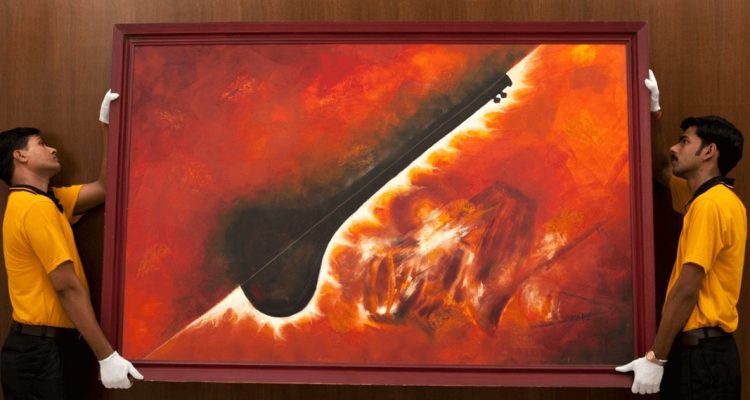Transporting fine art when moving home can be a rather nervy affair. Art is fragile, valuable and hard to move. Here are some tips for transporting fine art when you are moving house.
Table of Contents
Inventory Matters
No matter how large or small your collection is, you should make sure to conduct a thorough audit before you begin planning a move. Make sure to note down the exact condition of each piece, including photos. If you have purchased them from a fine art dealer or auction house, the likelihood is high that you will have received some notes about the condition of the art when you made the purchase. A thorough inventory means that any losses or damages that occur during the move can be accounted for and repaid using insurance. Professional art movers typically produce a travel condition report in addition to any inventory that the collector has made.
Insure
Speaking of which: you need to purchase insurance for your fine art before you commit to moving it anywhere. Even the most minor damage can be immensely expensive to restore. Fine art insurance is by no means cheap. The insurer Hiscox typically insures fragile fine art at between 0.03 and 0.45 percent of its original cost. This might not sound like much but can be an immensely large sum when applied to extremely valuable fine art pieces. Insurance costs are rising. Even relatively large galleries now struggle to insure their most valuable art. Private collectors need to be extremely wary when purchasing art insurance. If an artwork is judged to have cultural heritage value, then it will be even more expensive to insure.
Use A Professional Mover
Experienced art and fragile object movers can take a huge weight off your shoulders when transporting your art. If you are searching for fragile item shipping, you can usually find the best rates on Shiply. For extremely valuable or oddly shaped pieces, you might want to consider hiring a specialist art mover. Art movers are extremely expensive but have lots of experience and specialist insurance. A regular fragile item shipping company should suffice for reasonably valuable pieces that are not too unusual in size, weight or shape.
Pad It Out
Ample padding is your best weapon against damage while on the road. You can’t go wrong with bubble wrap. Use it in abundance – even if it increases the total size of the piece significantly, just make sure you use the flat side against any decorated surface. Avoid using balls of newspaper for fine art as it can quite easily damage paintings and fragile sculptures. Don’t use cotton wool (tiny fibers can be left on the art after unpacking) or package peanuts (as these move in transit and no longer protect the object).
Create A Custom Frame
All professional art movers construct custom wooden frames for the work that they transport. This rigid wooden structure protects the art from any bumps and scrapes and encases the padding that has been used to cushion it. Even if you are not a professional art mover, it is not prohibitively difficult to make your own custom moving frame.


Leave a Reply